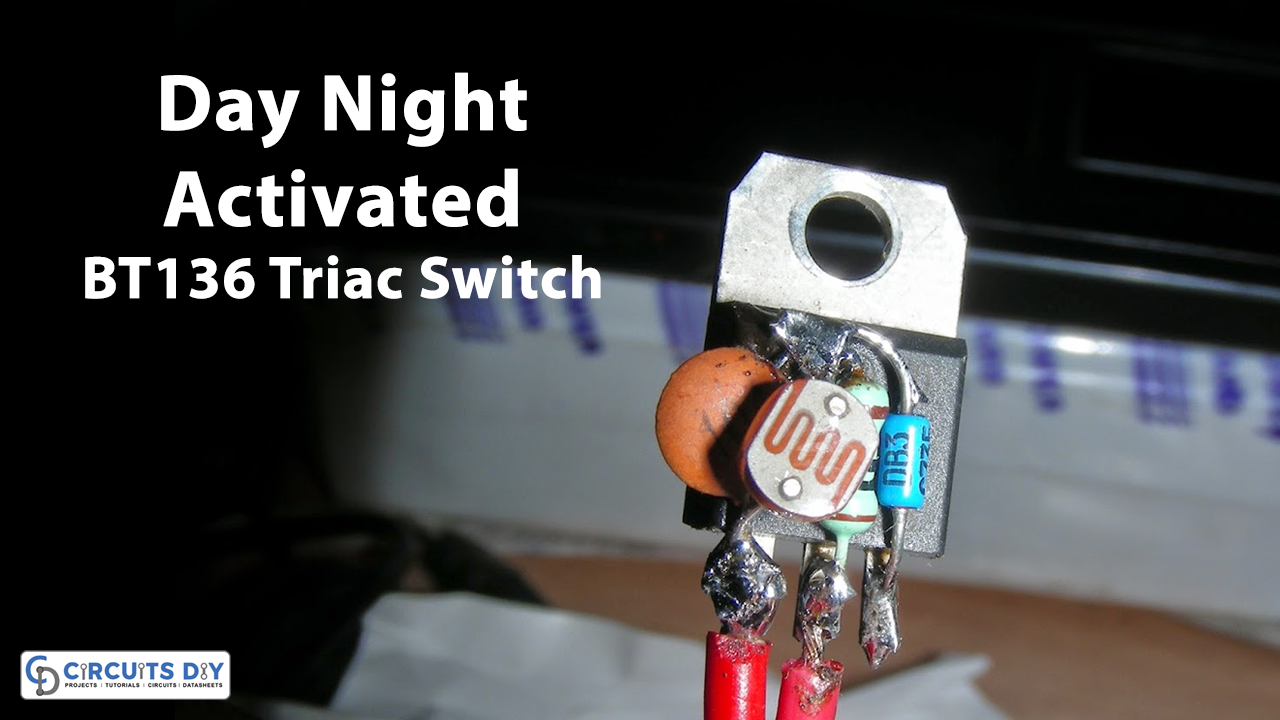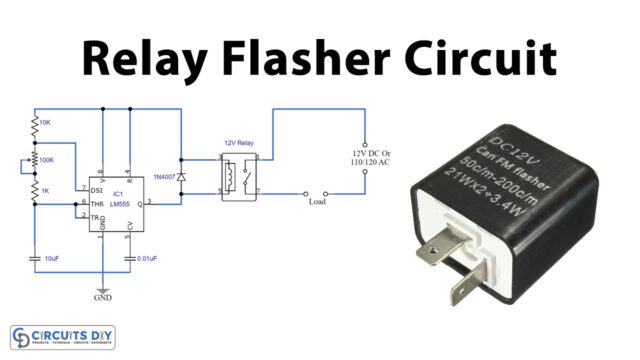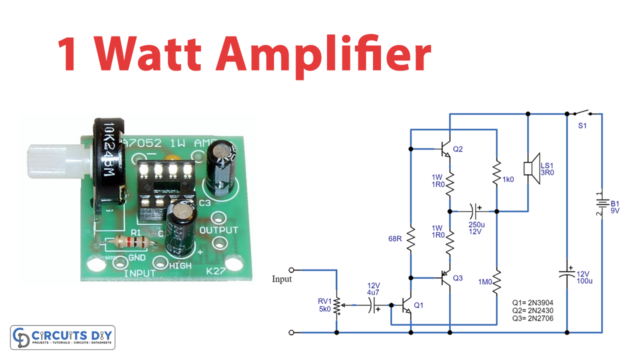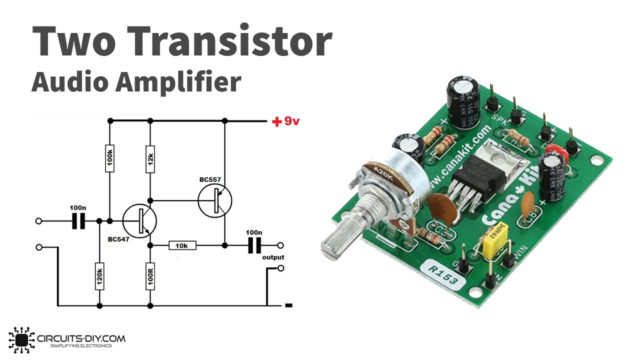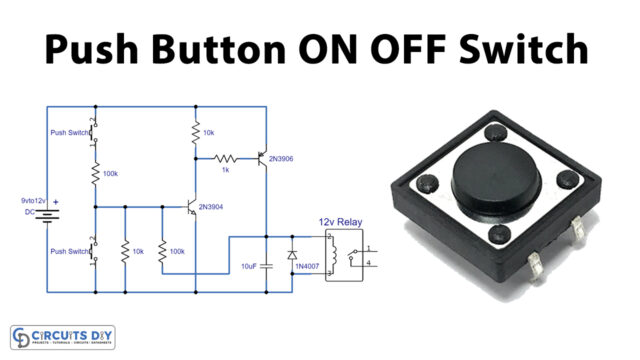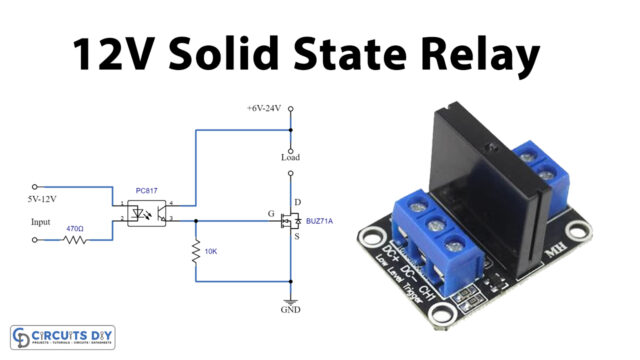Introduction
As we bask in the glory of technological advancements, our needs and wants have also evolved. One of the essential requirements is automation – the ability to have devices and appliances function without human intervention. This has led to the development of day-night activated triac switch circuit. This fascinating innovation allows us to turn off our electrical appliances and peripherals automatically during the day and night.
Let’s delve into the day-night activated triac switch circuit and explore its various components and functionalities. From voltage divider capacitors to improved triac activation currents, we’ll be taking a closer look at what makes this circuit tick and how it can revolutionize our lives. Join us on this exciting journey and witness how technology transforms our world!
Hardware Required
| S.no | Components | Value | Qty |
|---|---|---|---|
| 1 | LDR | – | 1 |
| 2 | TRIAC | BT136 | 1 |
| 3 | Resistor | 1K, 1/2 watt | 1 |
| 4 | Capacitor | 105/400V PPC capacitor | 1 |
| 5 | Bulb | – | 1 |
Circuit Diagram
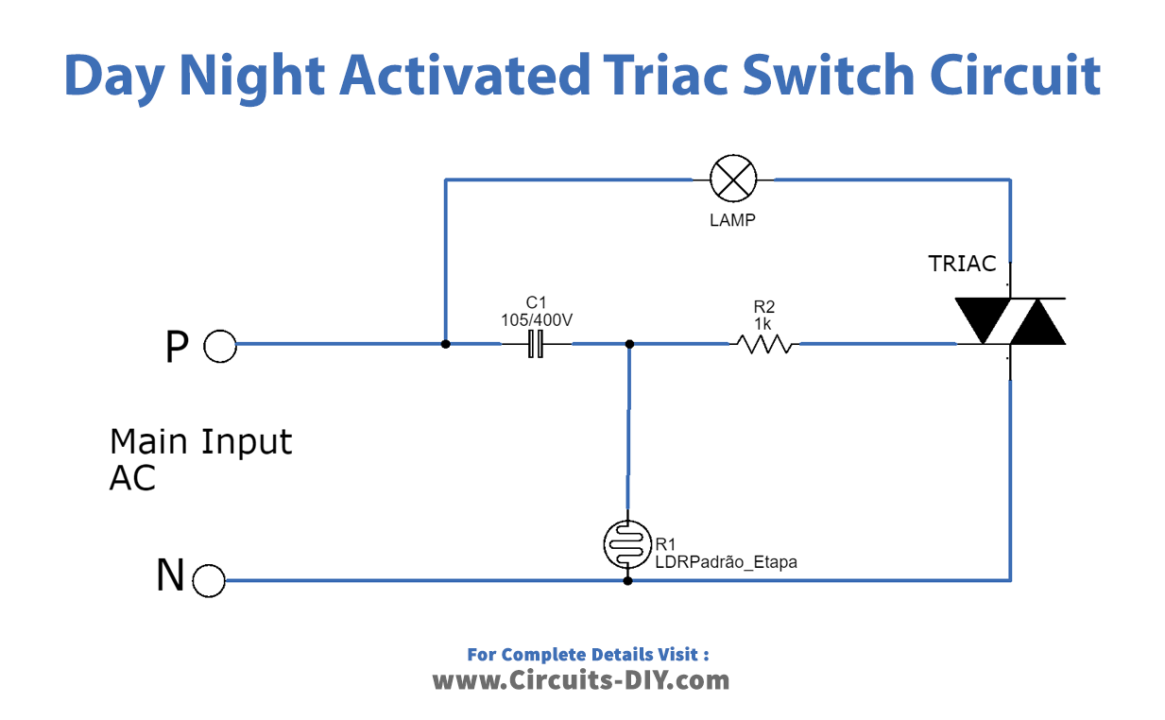
Working Explanation
This circuit functions as a photoelectric relay that operates through the home’s mains electrical system without needing any mechanical device or component.
Unlike the conventional methods of using a DC power supply and an electromechanical relay to turn off the lamps as soon as it gets dark, this circuit offers a solution that is directly coupled to the AC power supply. This minimizes the number of components needed and makes it a cost-effective solution.
The primary component of the day-night activated triac switch circuit is the LDR photoresistor, which has a variable resistance based on the intensity of the light it receives. During the daytime, the LDR has a few thousand ohms resistance; at nighttime, its resistance decreases to 200 ohms.
The circuit uses a voltage divider capacitor C1 to deliver the photosensitive LDR and the triac gate. As the LDR resistance diminishes in normal light, the voltage declines. At night, the resistance to the photoresistor increases, leading to an improved triac activation current, operating the lights or any other electrical device attached to it.
Although this circuit is not flexible and cannot be electronically adjusted to modify the switch, it is a simple and efficient way to automate turning off electrical appliances during the day and night without needing additional mechanical devices.
Final Words
In conclusion, the day-night activated triac switch circuit is a remarkable innovation that offers an easy and efficient way to automate the process of turning off electrical appliances and peripherals during day and night. Its use of a photoelectric relay that operates through the home’s main electrical system without any mechanical devices, coupled directly to the AC power supply, makes it a cost-effective solution that requires minimal components.
We hope you found this article informative and exciting. If you have any queries or comments, please leave them below. We appreciate your feedback and look forward to hearing from you. Thank you for joining us in exploring the fascinating world of the day-night activated triac switch circuit.

